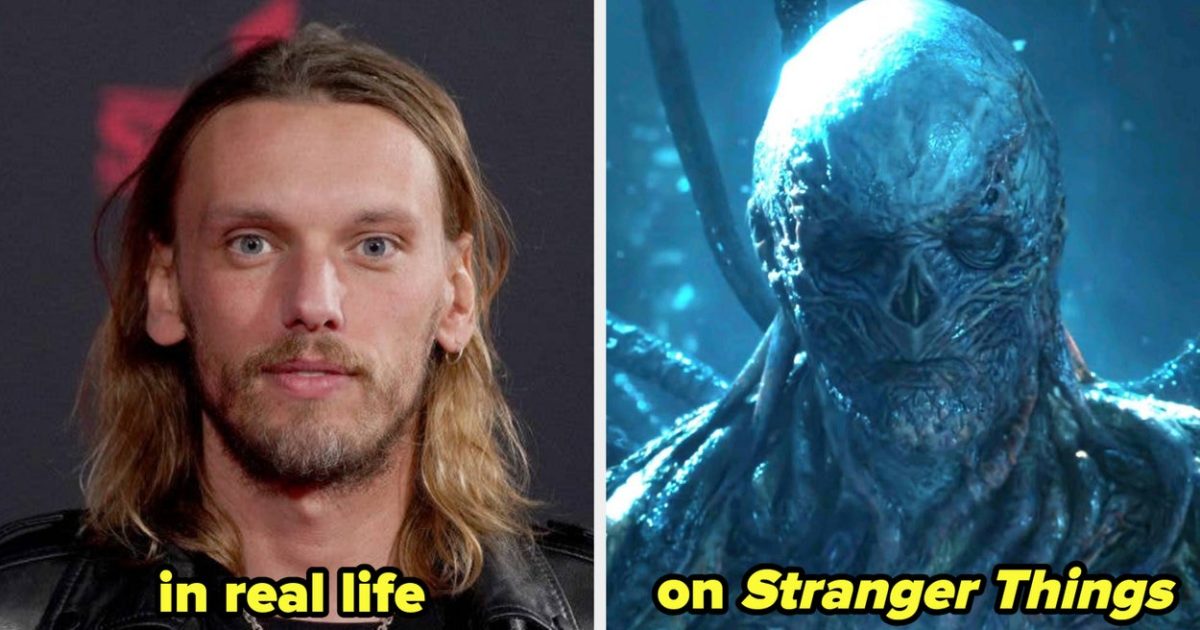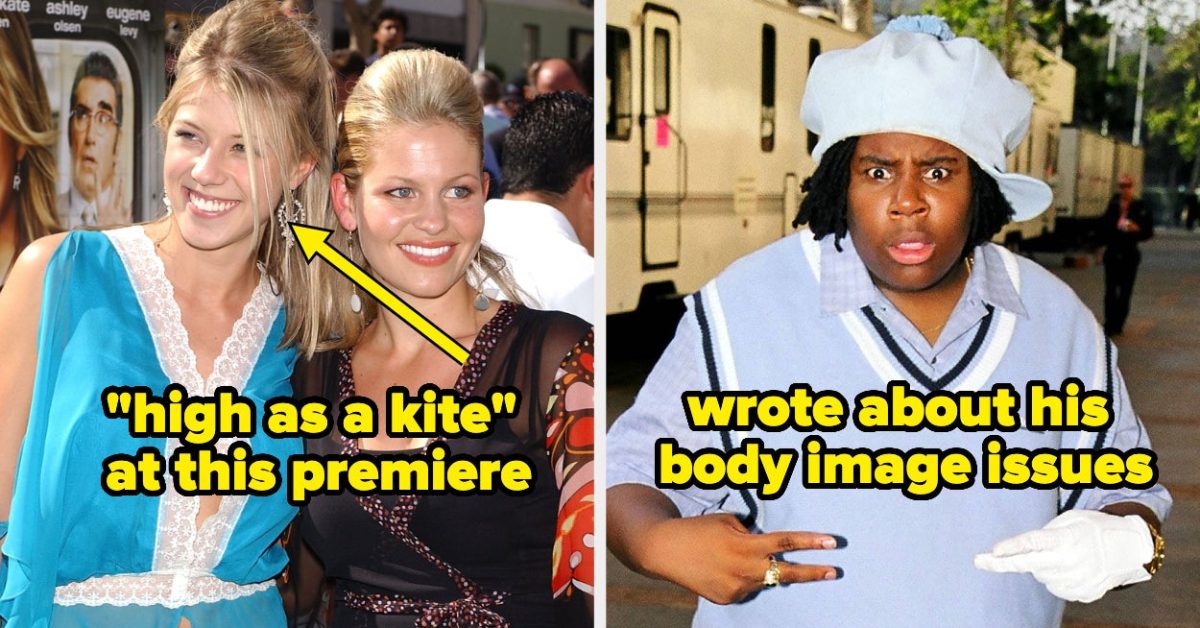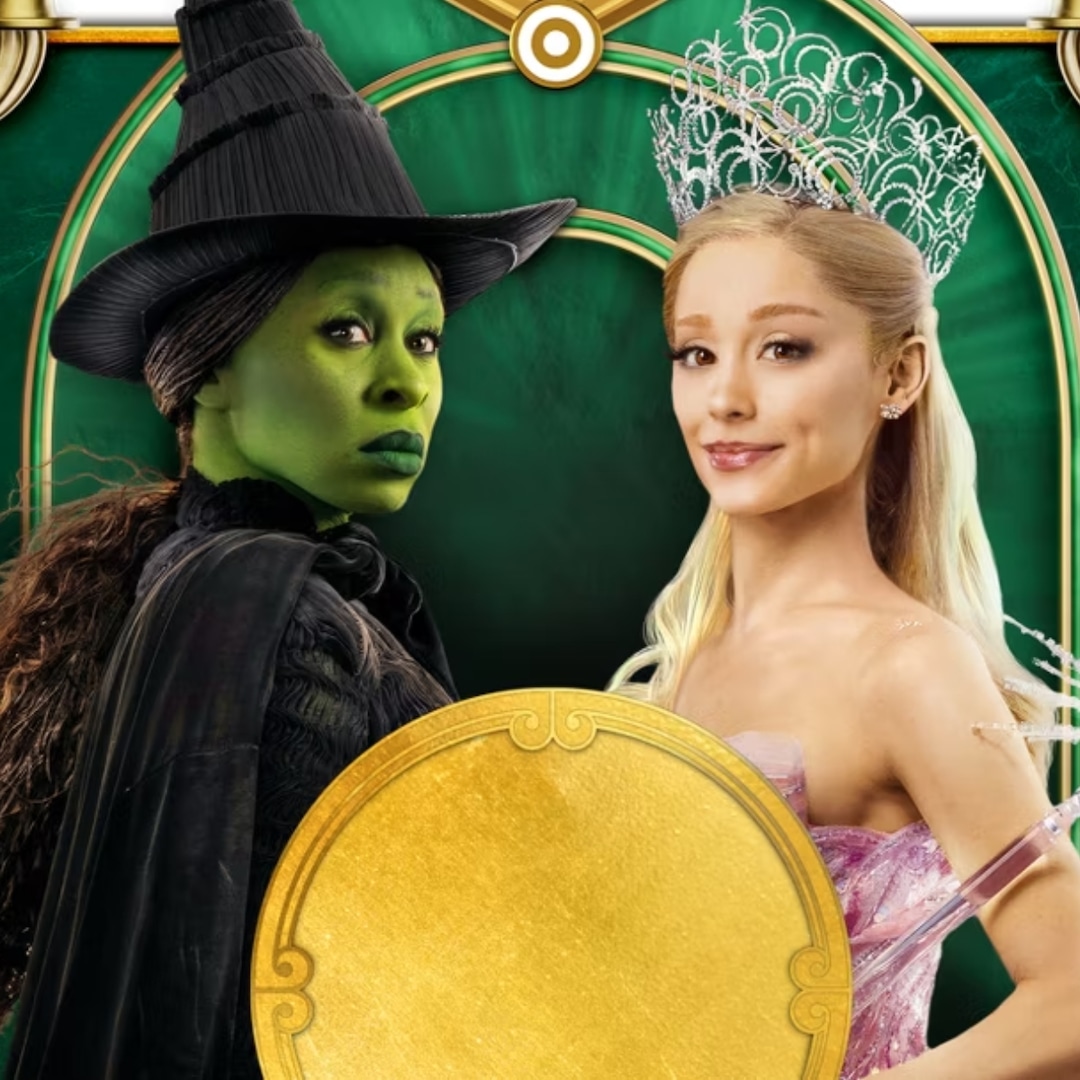
Roger Ebert Wrote a Review for Garfield As Garfield
Sep 5, 2023
The Big Picture
Roger Ebert’s review of Garfield: A Tale of Two Kitties demonstrated his creativity and served as a precursor to the internet’s obsession with absurdist Garfield humor. Garfield’s basic comic strip nature has made it the perfect source for surreal humor, with art projects like Garfield Minus Garfield and the YouTube channel Lasagna Cat taking the character into new, unhinged directions. Ebert’s review showed that even in reviewing a pointless family-friendly sequel, film critics can still offer inspired writing and subvert reader expectations, reminding us that anything is possible in the world of film.
Roger Ebert was born on June 18, 1942, in Urbana, Illinois. In his lifetime, Ebert changed the world of film criticism forever, bringing the artform into the mainstream like never before (what other film critic got characters named after him in Roland Emmerich blockbusters?) Ebert’s legacy also lives on in modern filmmakers he championed like Ava DuVernay and Ramin Bahrani, whose works and careers are still leaving a sizable impact on the world of cinema. Ebert’s been absent from the world of film criticism for a little over a decade now, but the loss of his words and point of view has never stopped being devastating.
Garfield the cat was technically born in the local 1976 comic Jon before debuting as a nationwide strip in 1978 with Garfield. Garfield’s legacy on art hasn’t been quite as profound as Ebert’s, but there’s no denying Garfield left a mark on the world of pop culture. Today, it’s hard to imagine any single comic strip becoming a global phenomenon. But in the 1980s, the cynical Garfield was ubiquitous through rampant merchandising, including suction-cup Garfield plushies that proved so popular that one showed up in the background of The Abyss. Several TV specials, a long-running TV cartoon, and endless commercials making use of this fat cat who loves lasagna cemented Garfield’s household name. As a comic, Garfield lacked the innovative visuals of Calvin & Hobbes or the powerful melancholy of Peanuts, but there was something about this feline that touched a chord with people.
It’s hard to imagine there being much crossover between Ebert and Garfield. But their paths did cross in the 2000s when the first of the theatrical Garfield movies hit the big screen. The second of those features inspired one of Ebert’s most entertaining reviews in which he reviewed Garfield: A Tale of Two Kitties…from the point of view of Garfield.
What Is This Roger Ebert ‘Garfield: A Tale of Two Kitties’ Review?
Image via Buena Vista Television
In his three-star review of Garfield: A Tale of Two Kitties entitled “Doppelpussy,” Ebert immediately assumes the guise of Garfield and never looks back. At the start of this review, “Garfield” remarks that he previously watched Ebert and film critic companion Richard Roeper review the first Garfield movie in 2004. After noting that Ebert is “a graceful and witty prose stylist with profound erudition,” he claimed to have an appreciation for Ebert giving Garfield a thumbs up. From there, it’s a lot of cat puns and amusing comments about Garfield being a real actor playing himself in A Tale of Two Kitties. For instance, for the role of Garfield’s doppelganger Prince, Ebert’s Garfield claims he did an impression of actor Tim Curry (who actually voiced the feline), a performer Garfield notes that he’s “admired ever since Jon took me to a drive-in to see The Rocky Horror Picture Show while he smoked human catnip.”
Ebert’s masquerade as Garfield does manage to find time for comments that actually reflect Ebert’s thoughts on the film, chiefly when Garfield remarks that his sequel delivers more laughs and charm compared to its predecessor. However, most of the focus of the review is on making fun of the absurdity of this ridiculous children’s film, including the fact that the live-action version of Garfield’s dog Odie, much like his comic counterpart, can’t talk like the other animals. Ebert’s Garfield chalks this up to most dogs having “hyperactivity disorders”; his portrayal of Garfield being so dismissive of every attribute of canines certainly shows that this reviewer did his homework, he knows how cynical and anti-dog this cat can be.
This review for Garfield: A Tale of Two Kitties is preposterous, but then again, why wouldn’t it be? Ebert’s letting his creativity flourish on a review assignment that even he’d admit is kind of pointless. Film reviews can be a great mechanism to draw attention to smaller releases or offer unique perspectives and interpretations of major releases, not to mention help viewers decide whether they should watch a certain movie. For a family-friendly sequel like A Tale of Two Kitties, there’s not much to analyze and the target demo of youngsters can’t read reviews. What are you supposed to do with a film that deals in feline flatulence? You break out something a little oddball that can be entertaining in its own right. Not only does Ebert’s A Tale of Two Kitties review demonstrate his creativity, but it also functioned as a precursor to how the internet glommed onto Garfield as a source of absurdist humor.
RELATED: Roger Ebert Absolutely Hated This Michael Bay Sequel
‘Garfield’ Is a Treasure Trove for Inspiring Absurdist Comedy
Image via 20th Century Studios
There’s just not much to Garfield as a comic strip. That doesn’t mean there aren’t funny installments or amusing illustrations of this comic (the latter element especially apparent in the earlier years of the comic, when the drawings were more stylized), it’s just that Garfield is kind of basic. It’s a mechanism for marketing first and foremost with punchlines cribbed from sitcoms and a limited visual imagination. However, the combination of Garfield being both a bit of a nebulously defined comic and incredibly ubiquitous has made it the perfect fodder for modern absurdist humor. We’re all aware of Garfield — he loves lasagna and hates Mondays but the individual comics are so thinly sketched that you can take them in so many different directions. Plus, juxtaposing oddball gags with a cartoon associated with suction-cup car decals is innately amusing.
Ebert’s A Tale of Two Kitties review was a great harbinger of how this fat cat could be a source for bizarre comedy. In 2008, Garfield Minus Garfield was launched as a comic strip that reimagined Jon Arbuckle (Garfield’s owner) as somebody who lives alone and is reacting to nothing, rather than Garfield the cat. That same year, the YouTube channel Lasagna Cat was launched. The structure of these videos was to begin with a straightforward live-action recreation of classic Garfield comics before engaging in surrealistic reinterpretations of those comics accompanied by a famous and appropriate pop song. These videos were a goldmine for unprecedented visions of what Garfield could be and the 2017 revival of Lasagna Cat only took these tendencies into more unhinged directions. You haven’t lived until you’ve seen a man in gigantic Garfield suit snort catnip like it’s cocaine, or Garfield doing the T-pose on a cross while the M*A*S*H* theme song blares in the background.
On and on the surreal Garfield humor has marched on, including social media profiles (mainly on Twitter) that remixed classic Garfield comic strips to always end with Garfield being tossed out a window or smoking a pipe. In the hands of these artists, previously banal Garfield comics suddenly got a new dose of inexplicable comedy as conversations between Jon and Garfield about existence could suddenly end with the cat getting thrown through a sheet of glass. Well into the modern world, Garfield has become a rich starting point for surreal humor on internet memes and sketch comedy shows like I Think You Should Leave alike. Even the author of the piece you’re reading is in possession of a white T-shirt featuring Garfield in a cowboy hat alongside the text “When I die, I might not get into Heaven, I don’t know if they let in cowboys.” Absurdist Garfield material is everywhere.
Where does it all come from though? Is the ubiquity of absurdist Garfield material a way people have tried to cope with the rampant marketing of Garfield — a meme equivalent to fighting fire with fire? Is it because many kids who grew up with Garfield realized it was hollow (revisiting the comics as an adult didn’t uncover new nuances like returning to the world of Peanuts or Calvin & Hobbes as a grown-up) and now wanted to imbue it with meaning, even if the meaning was anarchic and ridiculous? Or maybe there’s just something intrinsically funny about seeing this orange cat grapple with matters like why they call ovens that word. Whatever the reason, the internet has taken the basic concept of Garfield to increasingly delirious and unhinged heights.
Roger Ebert’s Review Was a Harbinger of ‘Garfield’ Absurdism To Come
Image via 20th Century Studios
Roger Ebert never could’ve imagined the deluge of surrealistic Garfield material that was going to flourish in the world of internet comedy. Still, back in 2006, he saw the potential for taking this character into unexpected comedic directions when he wrote his review for Garfield: A Tale of Two Kitties. The real Garfield comic is too square to have Jon Arbuckle partaking in marijuana, but Ebert recognized how amusing it would be to have Garfield obliviously talk about his owner engaging in “human catnip.”
It’s easy to see Ebert as a stalwart of artsy cinema, but we also have to remember that this man had a cheeky side. After all, he was the screenwriter of Beyond the Valley of the Dolls! There’s a droll wit to many of Ebert’s best reviews, a quality that made him perfect for recreating Garfield’s cynical demeanor in that fateful A Tale of Two Kitties review. On top of foreshadowing how the internet would treat Garfield and Ebert’s style of humor, this particular review was also a call to action for other critics. Reviews for kid’s movie sequels like A Tale of Two Kitties can be a space for inspired writing and subverting reader expectations. Just because the artists on-screen are phoning it in creatively doesn’t mean reviewers have to follow suit.
The legacy of Roger Ebert is enormous and will undoubtedly keep going on and on well into the future. It’s no hyperbole to say many of the most audacious and comedically stupefying examples of surrealistic reinterpretations of Garfield comics are also bound to leave an impact on people in the future. The next generation of Eric Andre’s and Tim Robinson’s are bound to have gotten some inspiration for their antics from viewing Lasagna Cat videos (Fatal Farm, the directors of the Lasagna Cat shorts, already extended their comedic aesthetic to some I Think You Should Leave Sketches) or Garfield pipe memes on the internet. Ebert’s writing and these internet memes, in radically different ways, were always reminding people that anything is possible in this world. In Ebert’s words and reviews, the general public was reminded that film could look like anything and accomplish so much. Meanwhile, those bizarre takes on Garfield were a reminder to people that even the most mass-marketable characters can be co-opted for deeply idiosyncratic satirical comedy. The tantalizing possibilities of both of those concepts were reflected in, of all places, a very unusual 2006 review for Garfield: A Tale of Two Kitties.
Publisher: Source link
15 Most Impressive SFX Makeup Transformations Onscreen
Now that we've talked about the best onscreen SFX makeup transformations, can you think of any you've seen that were laughably bad? What made them so unconvincing? Share your thoughts in the comments! Note: Some responses have been edited for…
Nov 12, 2024
Olivia Culpo, Mother-in-Law Cheer on Christian McCaffrey’s NFL Return
"We just started a book club but we're the only people in it, which is really funny," she recently told E! News. "I'm picking out girly girl thrillers and I'm making him want to read them." She noted they also try…
Nov 12, 2024
11 Heartbreaking And Shocking Revelations Former Child Stars Shared In Their Memoirs
Drew Barrymore shared that she was only 10 years old when she first tried smoking weed.View Entire Post › Disclaimer: This story is auto-aggregated by a computer program and has not been created or edited by filmibee.Publisher: Source link
Nov 11, 2024
Find Wicked Stanley Cups at Target Plus More Movie Merch
How long will Target's Wicked collection be available? Target's Wicked movie collection features limited-edition merchandise, which means availability may vary. While it's uncertain if these items will be restocked, they are expected to remain on shelves until the collections sell out.…
Nov 11, 2024











